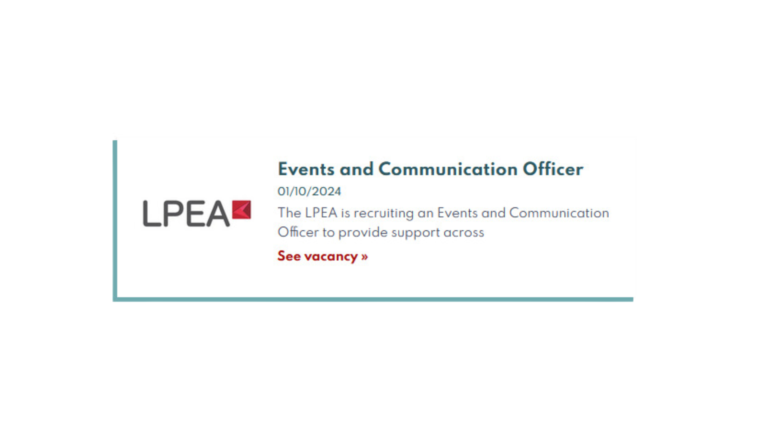
Investment Funds and “Picnic” Law
by David Mapley, Intel Suisse
A blue sky, shaded woods, sunny meadows and a nearby stream – this is the ideal world that regulators
and fund lawyers imagine for their industry. Maybe insect spray, a parasol for the minor problems that
may arise, tweaks to an otherwise perfect world! However, wolves lurk nearby in the trees!
These wolves in the world of funds are the crooks, the fraudsters, people and companies that drive a
juggernaut truck through regulations and benign investment offering documentation designed to protect
investors, but which actually allow fraud to prevail, without recourse…
We speak from experience! With almost 40 years in financial markets, the majority of which were
investing in “Emerging Europe” (from Vladivostok to the Berlin Wall), we witnessed, and sometimes
experienced fraud schemes that would turn an investor’s hair grey in an instant. Sadly, while the majority
of the fund industry dedicates its energy to generating above-normal returns on investment, a small but
damaging minority abuse shareholder reliance on regulations and legal representations with the intent to
defraud. One only has to mention Bernie Madoff, former Chairman of the NASD in the USA, highly
respected in the global world of finance yet running a multi-billion Ponzi scheme, to highlight that no
investor is immune from fraudulent losses.
We are cynical, and frustrated, as we hear of investor losses, day after day.. Let us provide some case
studies:
Case 1 – “Use of Cash in a Fund”
Most funds have to state what they do with their liquid cash – e.g. invest in government securities, US$
denominated. Sounds safe enough, until investors in a fund targeting returns in India were wiped out by
the Russian debt crisis in 1998. Why? The government-issued US$ securities in question were actually
Russian government issued GKO’s, with high returns which defaulted as the Russian debt market
collapsed. The investment managers were making easy money – 20%-100% in GKO’s, so why bother
with investing in India… The actual risk profile of the fund was totally abused by exploiting an oft
innocuous cash management clause in the Offering Memorandum.
Let’s not stop there – we saw during the sub-prime crisis on 2007/8 a sub-prime fund that was deploying
its risk-free collateral in “AAA”- rated securities. Riskless, by definition! Yet these riskless securities
were actually also sub-prime bonds that subsequently were downgraded to credit grade “D” in 1 week,
then failed. The fund was wiped out, not even the 85% riskless collateral was spared, much to the shock
of investors…
Case 2 – Are shareholders rights fully reflected by an investment?
A simple example – an investor owns 51% of the fund, but does this provide 51% majority
control? Firstly, the possibility for management, voting shares and investor non-voting shares
can shock hapless investors who missed that small clause hidden on page 57… Or invest through
a nominee company (eg large life assurance platforms) that as a policy will not vote, so the
investor has zero representation.
Or even more sophisticated, all shares rank pari passu re: voting rights, yet one class of shares,
with nominal capital a fraction of other classes or in a high multiple currency (e.g. HK$) gives
the investor much higher-weighted representation over other investors. Imagine a €100 million
investor with 100 million shares outvoted by the brother of a fraudulent fund manager who
invested 101 million Icelandic Krona (value €730,000) with his 101 million shares…
So as one sees from these two case studies, smart managers can insert traps or ambiguities into
offering documentation that totally change the investment or protection mechanisms investors
thought they had when investing.
The lessons are simple – regulators have to expect the worst and set investor laws that outsmart
the fraudsters, plus also litigate and impose criminal penalties that dissuade fraudsters from ever
coming near their jurisdiction. Fund lawyers have to also produce offering documents designed
for robust testing when investors’ monies are jeopardized. They too have to outthink the “picnic”
scenario and keep the predatory wolves away from investors.



